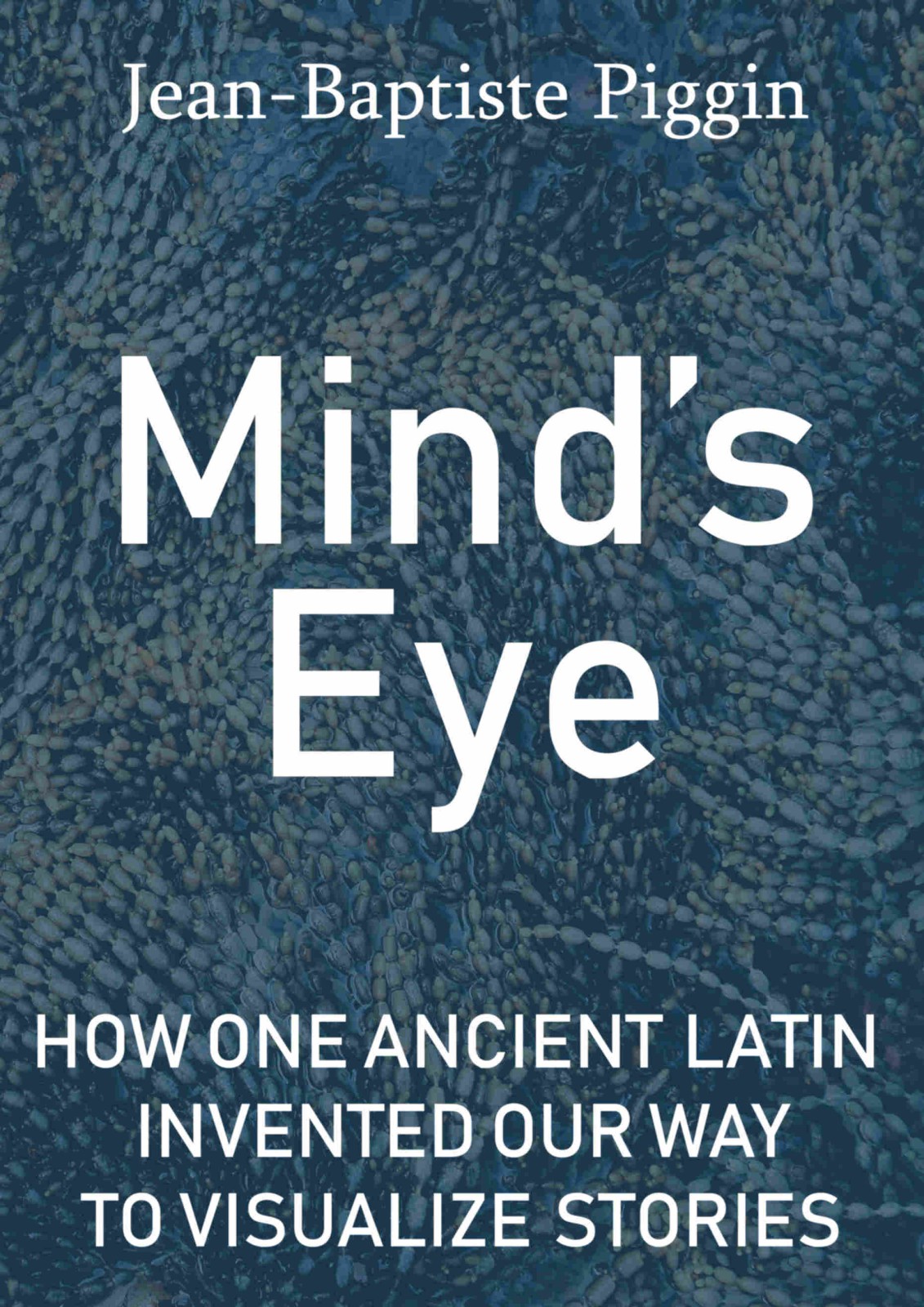The chronological canons explore synchronisms in the histories of the cultures arrayed between Rome and Persia, keyed to biblical history starting at the birth of Abraham.
So what has this got to do with the Great Stemma? Well, it seems that both are essentially about the same thing, synchronisms. Eusebius created what was in a sense the world's first spreadsheet, with a patient scribe doing the autofill of dates in sequence down the left column. Eusebius then filled in events across the rows from the chronicles of the various civilizations he knew, Graeco-Roman and barbarian. Anthony Grafton in Christianity and the Transformation of the Book explores how revolutionary this method of visualizing information was. One point he might have made, but I don't think he did, is the importance of blank space in this content. The blanks are a key to reading the tabulation. There's a certain tension about it, because Eusebius obviously knew a lot of the content was rubbish, but he puts it in and lets the reader judge.
Now, the Great Stemma, in my view, must have done the same thing, but working left to right, and takes another step forward technically by eliminating the scale of years.
I've now posted a hypothetical reconstruction (link) of how the chronographical elements in the Great Stemma might have looked.
How was it progress to simplify Eusebius? The chart shows the reader the various synchronisms in the Bible: the descendants of Seth with the offspring of Cain, the offspring of Nathan with those of Solomon, the kings of Judah with those of Samaria, the founders of Rome with the Persians. But it finds a way to mix the resolution of the matches. In some cases it can state in a gloss to an exact year what is synchronous. In other cases it gives just a rough estimate of synchronicity, give or take a few hundred years. The author was probably teaching his students that the offspring of Cain were wiped out by the Great Flood, but thanks to his page design he does not need to say exactly when Lamech the Boaster lived or when Noema introduced her a capella music: he just draws them as a series of roundels crawling along the foot of the page till they stop. Big fat roundels don't need to be precisely placed. So in a sense, the Great Stemma is the first mind map: information in bubbles. If it had any kind of exactitude, this was probably confined to a separate tabulation. Perhaps the Ordo Annorum Mundi is that tabulation. We'll have to keep looking into this.
Eusebius obviously had the same issue to contend with. In fact he explains that some of his data is less exact, with a resolution in the order of decades only, not years, or at least that is one of the implications I draw from the following remark. Here is Grafton's translation (p. 140) of Chronici Canones, 14:
To prevent the long list of numbers from causing any confusion, I have cut the entire mass of years into decades. Gathering these from the histories of individual peoples, I have set them across from each other, so that anyone may easily determine in which Greek or barbarian's time the Hebrew prophets and kings and priests were, and similarly which men of the different kingdoms were falsely seem as gods, which were heroes, which cities were founded when, and, from the ranks of illustrious men, who were philosophers, poets, princes and writers.
Eusebius's thoughts on this are useful to an understanding of the Great Stemma. Understanding that Eusebius decided to simply ignore what he saw as prehistory, the time before Abraham, suggested to me that the Great Stemma author also probably decided to treat it differently, arranging it in unform arches and not bothering too closely about its possible synchronisms.
It still seems odd that the Great Stemma seems serenely unaware of Eusebius. Still, if the author worked entirely from Latin sources and did not have any of Jerome's translations to hand, neither the Vulgate nor the Chronici Canones, that would be understandable.
The Roger Pearse translation and Latin allows me to hunt and look for any resemblances and I find no matches in the proto-text of the Stemma. Something only shows up in a later recension, Urgell, where we have: Sexaginario Isaac nascuntur filii gemini: primus Esau, qui est Edom, a quo gens Iudamaeorum; secundus Jacob, qui posthea Israhel, a quo Israhelitae, qui nunc Iudaei. This matches Jerome's Latin translation of Eusebius: Sexagenario Isaac nascuntur filii gemini: primus Esau, qui et Edom, a quo gens Idumaeorum. Secundus Jacob, qui postea Israel, a quo Israelitae, qui nunc Judaei.
Now I don't wish to suggest that the Great Stemma is contemporary with the Canons, which were drawn up in the decade or so after 300 CE. The Stemma might have been drawn up 100 or even 150 years later. But in a wonderful way it is a kind of Latin counterpart to the Canons, finding new conventions to visualize a similar kind of content, preferring traditional roll form to new-fangled codex format, devising new ways to mix exactitude and vagueness, yet very successfully getting its message about synchronisms in biblical history across to the student who reads it. Or more correctly, who read it, past tense. By the time the document reached Spain, most of the careful parallelisms had probably been ruined by careless scribes, and the reader was left to guess at what episode above matched which episode in the rows below.


